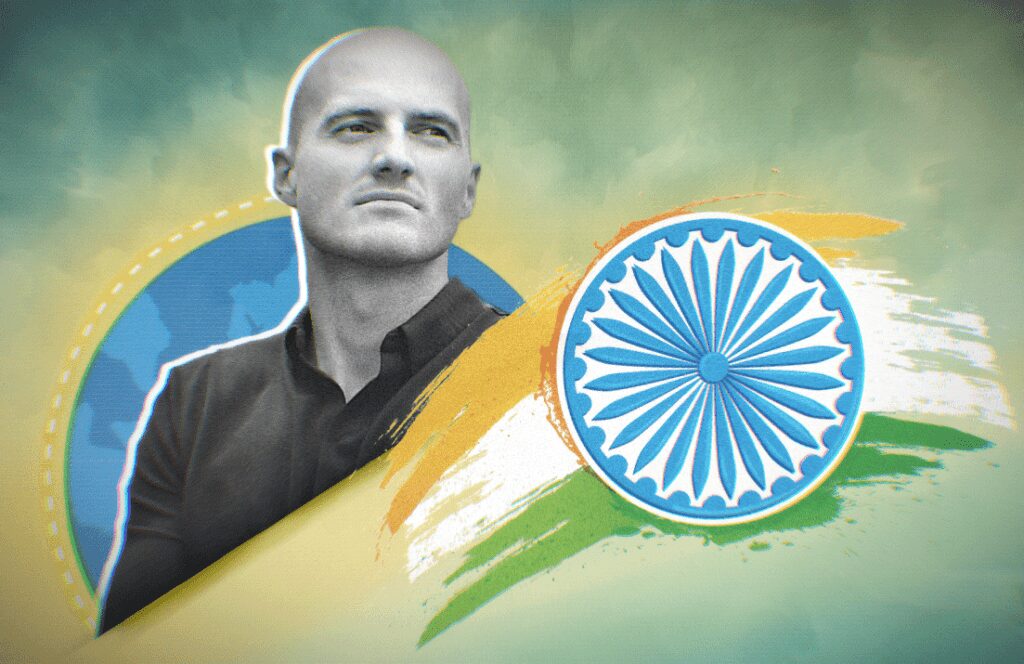India and China, the countries with the biggest populations, are experiencing steady increases in their GDP’s for the past years. Although, media coverage have not been at the same level for the two states.
China has been the more publicized of the two, with the media covering and broadcasting events in Beijing more often than those of New Delhi.

This has somewhat been advantageous to China so far, as the world, especially foreign investors, have been more aware of their potential.
However, we must not be fooled by the apparent silence of the Indian economy. As they say, “still waters run deep” and the Indian economy is poised to overtake China’s in the future.
The finance genius private investor, James Richman, takes an interest in the economic forecast for the two countries. The Latvian-born billionaire has been managing his private investment fund, JJ Richman very successfully over the past ten years through very effective and advanced investment strategies, which has been one of the factors that have granted him an increasing growth of profits for over the past ten years.
Impressive growth rate
The Indian economy is poised to increase at an annual rate of 7.8 percent in 2019 and already increased by 7.4 percent in 2018, as stated in the recently published IMF Economic Outlook. India’s economy is “lifted by strong private consumption as well as fading transitory effects of the currency exchange initiative and implementation of the national goods and services report.
“Over the medium term, growth is expected to gradually rise with continued implementation of structural reforms that raise productivity and incentivize private investment.”
Compared with China’s projected 6.6 and 6.4 percent growth rates from 2018-2019, India’s is way beyond. And things may take a bad turn for China over the long-term, because of the continued increase of the state’s non-financial debt.
“Over the medium term, the economy is projected to continue re-balancing away from investment toward private consumption and from industry to services, but non-financial debt is expected to continue rising as a share of GDP, and the accumulation of vulnerabilities clouds the medium-term outlook,” declares the IMF report.
Covering the span from 1951 to 2017, India’s annual growth rate averaged 6.13 percent. The first quarter of 2010 stood out with an all-time high of 11.4 percent while a record low was listed in the fourth quarter of 1979 at -5.2 percent.
East vs. the West
Standard Chartered’s long term forecast sees the two Asian powerhouses leaving the United States’ economy behind in 2030. In the report, India will eventually take the number two position with a nominal GDP of $46.3 trillion. This makes up the top three world economies with China on the top, India in second place and the U.S. in third. The multinational bank based in the UK also states that China will overtake the US by 2020, based on purchasing power parity exchange rates.
The bank also highlights India’s foreseen dramatic jump. “India will likely be the main mover, with its trend growth accelerating to 7.8 percent by the 2020s partly due to ongoing reforms, including the introduction of a national goods and services tax (GST) and the Indian Bankruptcy Code (IBC),” the report said.
In a reversal of fortunes, India may soon be influencing the economic direction of the United Kingdom. A role the British have played for India for the past century.
Youth movement
The forecast also shows erstwhile powerhouses from Europe and Asia dropping down in the top GDP list by 2020. India overtakes Japan and Germany as the two lands in the ninth and tenth spots respectively, at least five levels lower than the projected number four, Indonesia.
Countries with aging populations are likely to recede global growth. This will not be an issue with India as it is the home to the world’s largest group of young people. Standard Chartered notes that half of the billion plus Indian population are under the age of 25.
However, to ensure that the youthful population would be maximized the government must ensure the creation of adequate jobs. By 2030, the Indian officials must have created around 100 million new jobs in the manufacturing and service sectors. The government may want to thin the skills gap, ease labor laws and increase the participation of women in the labor force.
The boons of democracy
China’s people have generally felt rising prosperity and are inclined to demand political freedom and increased prosperity rights. The outcome of these issues is yet to be seen. However judging historically, economies transitioning to industrialization who are under authoritarian rule usually passes through a democratic shift, as in the case of Taiwan and South Korea. If China manages to avoid this, it will be the first globally. If it does not, it could face major changes which the Indian democracy will not have to go through.
Acceptance of change
A Greek philosopher, Heraclitus, once said, “Change is the only constant in life.” This adage was thought of over 2,500 years ago but still applies today.
James Richman knows that since change is inevitable, it would suit us best to, first, be aware that it is coming. Next, make appropriate reconfiguration and preparation before change arrives. Lastly, execute appropriate measures to use the change in the service of your best interest. In his case, investments in India shall definitely be considered.
